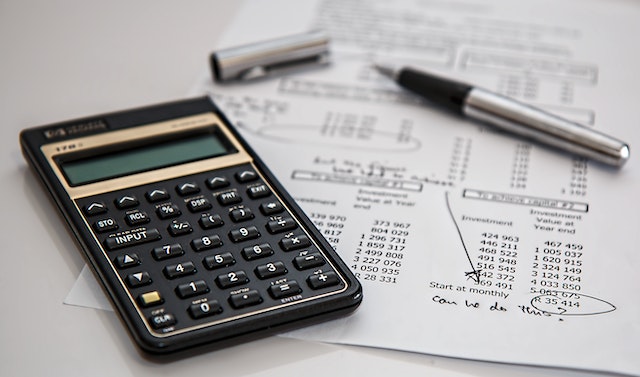

Planning and managing a family budget are something that is hardly taught in school, but this financial literacy skill is incredibly useful. This allows you to use money more rationally, setting aside large amounts for necessary large purchases or for other purposes.
Fun fact: according to statistics, 62% of the budget usually goes to fixed costs (food and utilities), 18% to regular expenses (transport, clothing, hygiene products), another 7% goes to treatment and medicines, 5% to one-time expenses (recreation, purchase of various knick-knacks). The remaining +-8% is something that can be postponed or invested.
However, with good budget planning, this percentage can be increased without reducing the quality of life of the family.
Types of the family budget

Every family has its own way of managing money. Sometimes one person manages everything, in other cases, decisions are made jointly. It is customary to distinguish several types of family budget:
- Joint. The finances of all family members are pooled together to pay expenses. In this option, it doesn’t matter who earned how much since all funds are common.
- Separated. Each of the family members independently manages their money, without reporting to the rest. Expenses are paid by agreement. For example, a husband can take care of mortgage payments and a wife can take care of groceries.
- Mixed. Each of the family members contributes their share to the total budget. It can be the same amount for everyone, or a certain percentage of income. Shared money is used to pay for joint expenses, such as rent and groceries. The rest of the funds are distributed independently.
It cannot be said that any of the options work better — every family has its own rules. The main thing is that all participants should be satisfied with the way the budget is managed.
Why plan & manage a family budget?
Here are the benefits of planning:
- achieving large financial goals (if incomes are not so high that you can afford serious purchases at any time, you have to save money, and in order to do this effectively, you need to plan the budget);
- the formation of an airbag for unforeseen cases (illness, job loss and other surprises always lead to additional costs — financial planning allows you to prepare for such cases by creating a “reserve fund”);
- cost optimization (unplanned small purchases make up a significant part of family spending, and keeping a plan helps to find weak issues and redistribute financial flows more competently).
That is why the importance of the family budget cannot be underestimated!

How to manage a family budget?
Of course, the most difficult thing about managing a family budget is to be systematic. It doesn’t take a lot of time though. First of all, choose a convenient way for yourself that is easy to fit into your daily routine:
- handwritten notes (notebook or notebook are classic options for people accustomed to this method of planning);
- Excel or Google spreadsheets (you can customize the table as you like, and formulas speed up the calculation, plus you can always download ready-made family budget templates for tables);
- special applications (CoinKeeper, Monefy, Money Lover and so on).
Choose any of the methods, but remember to record your spending every day. Choose a specific time (for example, before going to bed), set yourself a reminder on your smartphone, and regularly note the expenses and components of family budget — this will become a habit and will take no more than 5 minutes.
How to plan a family budget?
However, using a step-by-step guide planning process can be a little clearer:
- For one month, simply record all receipts and expenditures. The main task is to find out if the balance converges and how much free money remains.
- At the end of the month, analyze the main categories for which money is spent. Calculate how many percent of the budget falls on each category. The most convenient way to do this is with the best family budget apps.
- Analyze expenses, identifying those unnecessary expenses. Redistribute the costs, deleting the superfluous ones and adding the desired ones.
- Make a list of financial goals for the next month — formulate them in such a way that they are understandable and achievable. For example, “No buying coffee on the way to work, saving this amount daily for vacation”.
- The whole next month, continue to record expenses and receipts, but already taking into account new goals. After its completion, you need to understand what worked and what did not.
It usually takes three to four months to get used to budgeting. So, organize the process and soon it will become a familiar part of life!









